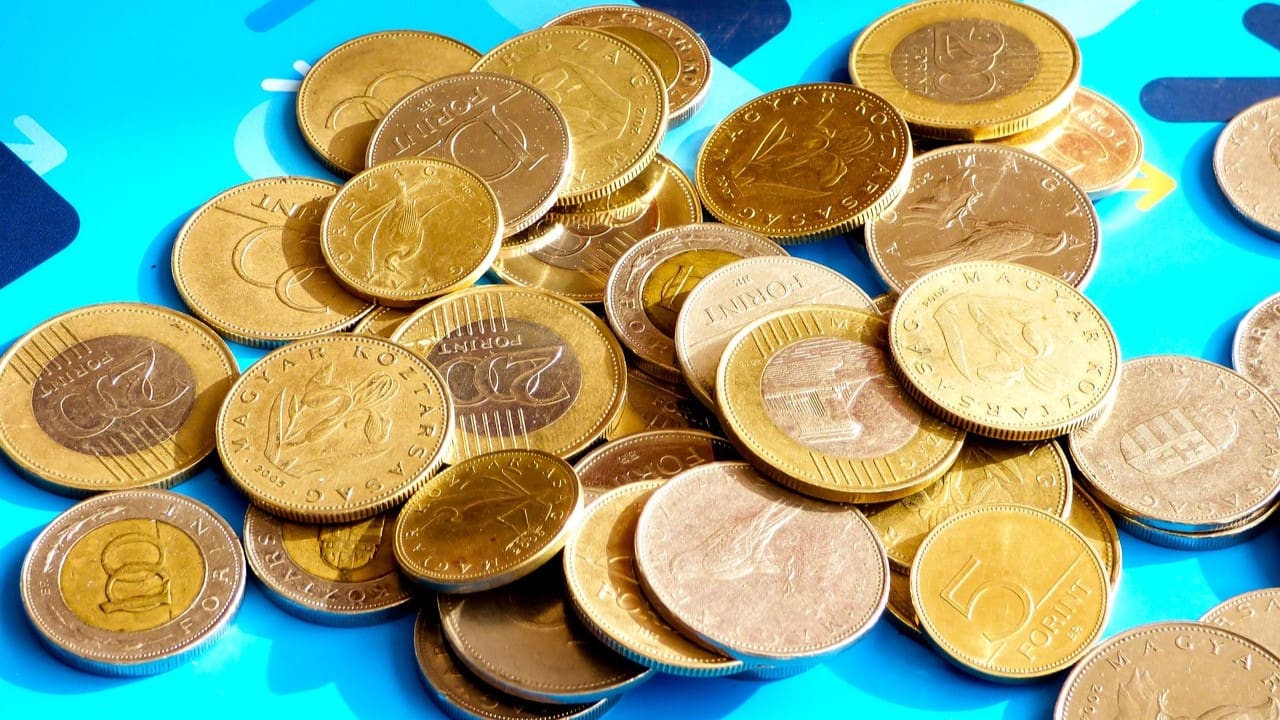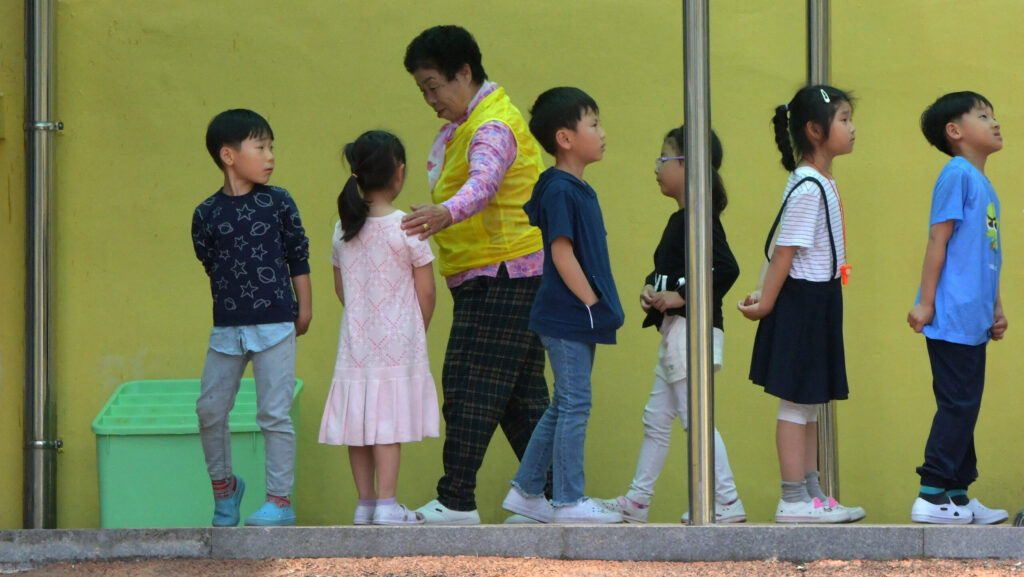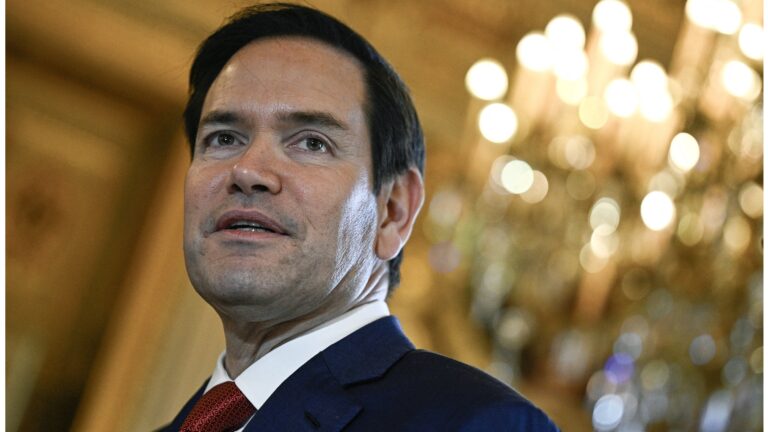According to data from Eurostat, Romania did not surpass Hungary in terms of economic growth based on GDP in 2022, as per calculations by the Nézőpont Institute.
The institute stated that there have been misleading press reports suggesting that now Hungary lags behind Romania, based on Eurostat’s fresh data that say that in 2022, Hungary’s GDP per capita at purchasing power parity was 76.6 per cent of the EU average, while in Romania, this ratio was 76.7 per cent. The economic researchers at the Nézőpont Institute investigated whether Romania had indeed overtaken Hungary in economic terms. ‘Based on Eurostat’s data, the answer is simple: no,’ researchers assert in the statement.
Expressed in euros, Romania’s GDP at market exchange rates is 286 billion euros, which is 1.7 times the gross domestic product of Hungary, amounting to 169 billion euros, while Romania’s population of 19 million is twice that of Hungary’s 9.6 million. The GDP per capita at market exchange rates is 17,400 euros in Hungary and 15,000 euros in Romania. The Romanian advantage shown by Eurostat is solely due to the weighting with purchasing power parity, Nézőpont pointed out.
Since 2010, Romania’s state debt as a percentage of GDP has increased from 29 per cent to 47.2 per cent, whereas Hungary has experienced a decreasing trend in state debt as a percentage of GDP, dropping from 80 per cent in 2010 to 73.9 per cent in the past decade, all while maintaining economic growth.
The institute notes that GDP is indeed an important indicator for determining economic performance
but drawing far-reaching conclusions solely from this figure can be misleading,
as the indicator does not measure development and well-being. Nearly half of Romanians (47.9 per cent) would struggle to finance unexpected expenses, while only a third of Hungarians (33.9 per cent) would face a similar situation. Moreover, Romania has experienced a deterioration between 2010 and 2021, with this indicator increasing from 44.8 per cent in 2010 to 47.9 per cent. Meanwhile, Hungary has reduced this ratio from 73.9 per cent in 2010 to 33.9 per cent.
According to the Nézőpont Institute, 21.2 per cent of the Romanian population still lives in households without a bathtub, shower, or flush toilet, while this percentage is 1.5 per cent in Hungary, which is consistent with the EU average.
Romania continues to exhibit relatively high unemployment and low employment rates. The employment rate for individuals aged 20–64 is 68.5 per cent in Romania, significantly lower than Hungary’s rate of 80.2 per cent. The unemployment rate tells a similar story: Romania has reduced unemployment from 9 per cent in 2010 to 5.6 per cent, while in Hungary, the rate has fallen from 10.8 per cent in 2010 to 3.6 per cent in 2022, representing a twofold decrease, as stated in the press release.
Related articles:








